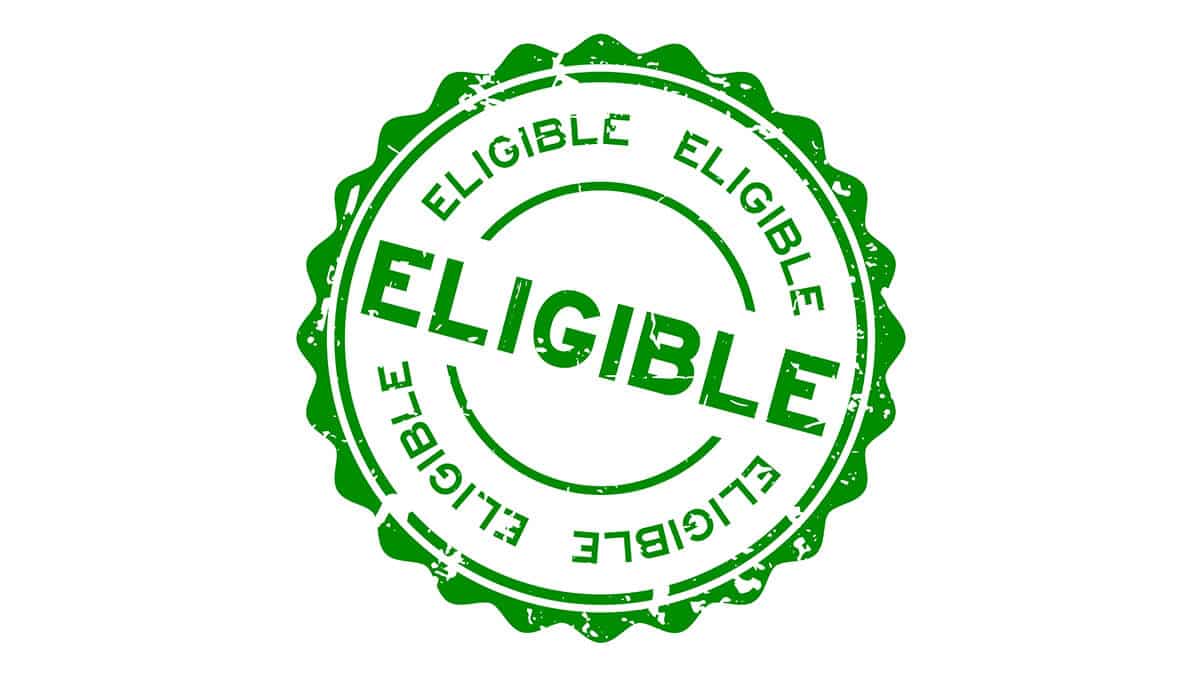In this guide
As an employer, one of your key responsibilities to your employees is making regular Super Guarantee (SG) contributions into their super accounts to help them save for their retirement.
But working out how much to pay and who should get regular SG contributions can be confusing.
Superannuation Guarantee: What is it?
As an employer, the most common type of super contribution you will be making is your quarterly SG contribution obligation. This contribution is a legislative requirement payable by all employers.
Join SuperGuide to continue
Make your super work harder
Save tax, boost your super and set yourself up for a better retirement
- Step-by-step guides
- Up-to-date super rules
- Tips and strategies
- Checklists and how-to guides
- Calculators and quizzes
- Case studies and Q&As
- Super and pension fund rankings
- Monthly webinars and newsletters

Leave a Reply
You must be logged in to post a comment.